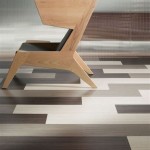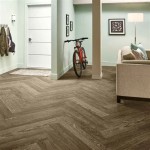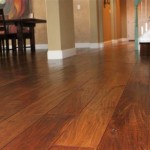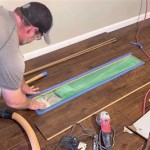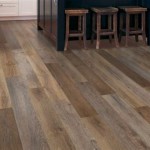Can I Tile Over OSB Subfloor?
The question of whether or not you can tile over OSB subfloor is a common one among homeowners and DIY enthusiasts. OSB (oriented strand board) is a popular material for subfloors, known for its affordability and strength. However, the suitability of OSB for tile installation depends on various factors, including the type of OSB, the tile type, and the overall condition of the subfloor.
Understanding OSB Subfloors
OSB subfloors are engineered wood panels made from wood strands glued together and pressed under high pressure. They offer several advantages over traditional plywood subfloors, such as affordability, moisture resistance, and dimensional stability. However, OSB can be more susceptible to warping and moisture damage than plywood, especially in areas with high humidity.
Factors Affecting Tile Installation Over OSB
Several factors need consideration when determining if tiling over OSB is feasible:
1. OSB Type:
OSB is available in different grades, with higher grades offering better dimensional stability and moisture resistance. For tile installation, it is generally recommended to use OSB with a minimum thickness of 3/8 inch and a grade of CDX or better. This type of OSB is designed for structural applications and has a higher density, ensuring better support for the tiles.
2. Tile Type:
The type of tile being used will influence the suitability of the OSB subfloor. Heavier tiles, such as porcelain or ceramic, require a more stable and rigid subfloor to prevent cracking or movement over time. Lighter tiles, such as mosaic or glass tiles, may be more forgiving, but proper preparation is still crucial.
3. Subfloor Condition:
The overall condition of the OSB subfloor is vital. Any signs of warping, sagging, or damage should be addressed before tile installation. The subfloor needs to be flat, level, and free of squeaks or movement. Any imperfections can lead to cracked tiles or uneven grout lines.
Preparing the OSB Subfloor for Tile Installation
If you decide to tile over OSB, proper preparation is essential to ensure a successful and durable installation. The following steps should be taken:
1. Assess the Subfloor:
Inspect the OSB subfloor for any signs of damage, warping, or sagging. This is best done using a level or straight edge to check for unevenness. If there are any issues, they need to be addressed before proceeding.
2. Seal the Subfloor:
Applying a moisture-resistant sealant to the OSB subfloor is essential to prevent moisture from permeating the tile installation. This sealant creates a barrier that helps prevent warping and delamination of the OSB panels.
3. Add a Moisture Barrier:
Adding a moisture barrier, such as a plastic sheet or waterproof membrane, between the OSB subfloor and the tile installation is highly recommended. It acts as an extra layer of protection against moisture intrusion and helps prevent damage to the tile and grout.
4. Use a Concrete Backer Board:
For added stability and moisture resistance, using a concrete backer board over the OSB subfloor is a good option. This rigid material provides a solid base for the tiles and helps prevent problems related to movement or moisture.
Remember, consulting with a professional contractor or tile expert is crucial for ensuring a successful tile installation over OSB subfloor. They can assess the specific conditions and provide the best advice based on your situation.

Diy Schluter Ditra Install Over Osb Wood Subfloor Tile Underlayment Mudroom Bathroom Episode 1

Blog Expert Advice How To Tile Onto Wood Plywood Or Chipboard

Tile Subfloor Deflection Thickness Common Substrates

How To Prepare Subfloor For Tile The Home

Tile Underlayment The Complete Guide For Beginners Diytileguy

Best Subfloor For Ceramic Tile

How To Prepare A Subfloor For Tile Installation The Home

Tile Over Concrete Subfloor An Easy Diy Tutorial

Subfloor 101 Everything You Need To Know Flooringmaestro

Flooring How Should I Install A Plywood Subfloor That Will Be Covered By Granite Tiles Home Improvement Stack Exchange
See Also
